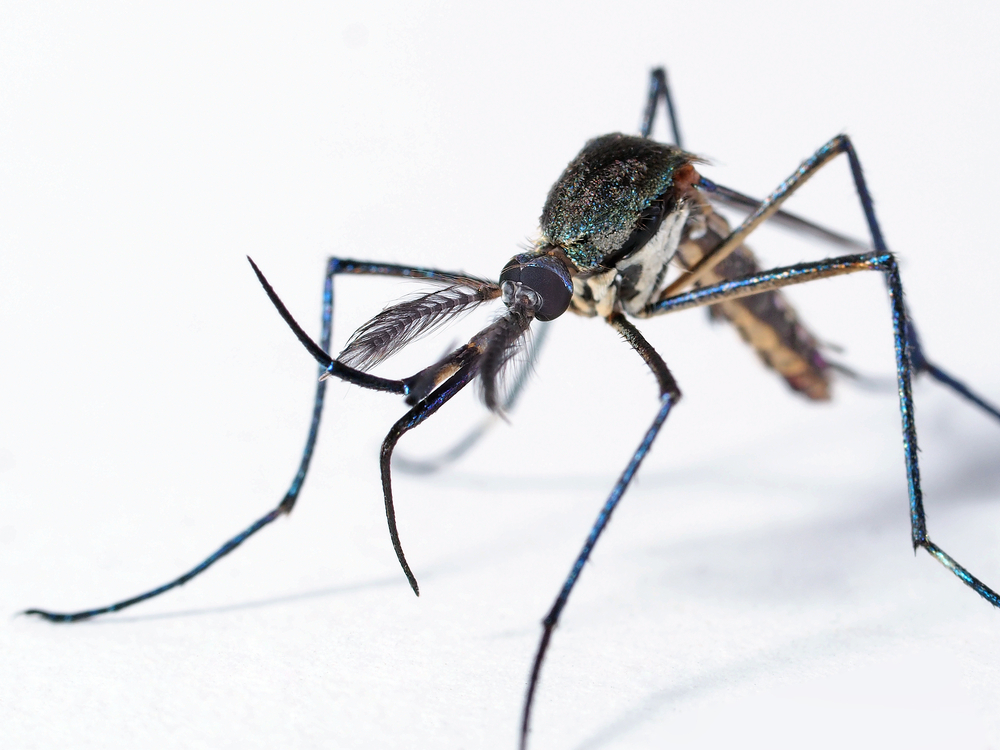
Photo by Shutterstock.
We know what ecological degradation looks like: Clearcut hillsides, vanishing elephants and whales, forests overtaken with kudzu, and Florida swamps filled with Burmese pythons. These constitute a poignant, convenient visual shorthand for landscapes out of balance — so convenient, in fact, that it’s easy to forget about the ecological communities we can’t see.
What is the clearcutting equivalent for bacteria? How does the changing environment look to a virus? In other words, what is the disease landscape of the Anthropocene?
Obviously, any answer is going to involve some guesswork, but let’s look at the United States as a case study:
- Warming temperatures mean mosquito-borne diseases like malaria, yellow fever, dengue, and West Nile start moving north from the tropics.
- The explosion of rodent populations following the extermination of top predators across the U.S. contributes to the emergence of rodent-associated illnesses such as hantavirus and the new “Heartland” virus.
- Increased human travel and migration introduce new illnesses like Chagas disease, a tropical parasite that already affects an estimated 300,000 Latin American immigrants in the U.S., while helping turn local outbreaks into full-blown epidemics.
And these examples are just the tip of the parasite-ridden iceberg.
Frankly, it’s easy to get apocalyptic when it comes to emerging infectious diseases. James Holland Jones, a Stanford University anthropology professor and disease ecologist, says climate change will be a “mixed bag” for infectious disease. But when I asked him to sum up his prognosis for the future, he did so in a single word: “bleak.”
That’s partly because, as Jones points out in this interview, climate change and emerging diseases have something in common: The worst possible scenario seems far off and abstract, but fighting them requires diligence and resources right now.
Jones has studied everything from human sexual networks to plague outbreaks in prairie dogs to simian AIDS, and he’s aware of the difficulties global health agencies face in monitoring and controlling an emerging epidemic. His take-home message: If the landscape of disease is changing, our health infrastructure is going to have to change, too. Hemorrhagic fever doomsday hopefully not included.
This interview is part of the Generation Anthropocene project, in which Stanford students partake in an inter-generational dialogue with scholars about living in an age when humans have become a major force shaping our world.




